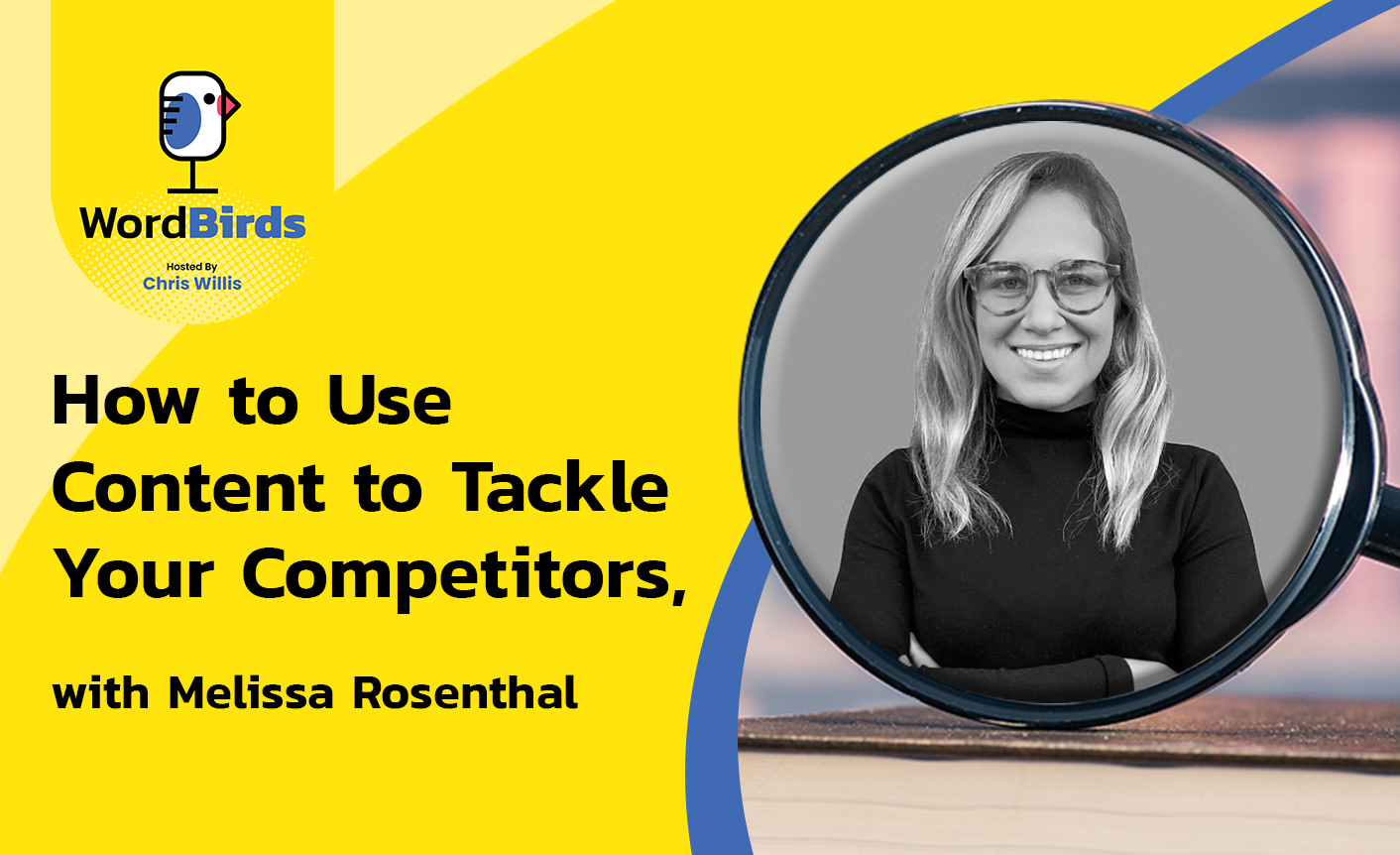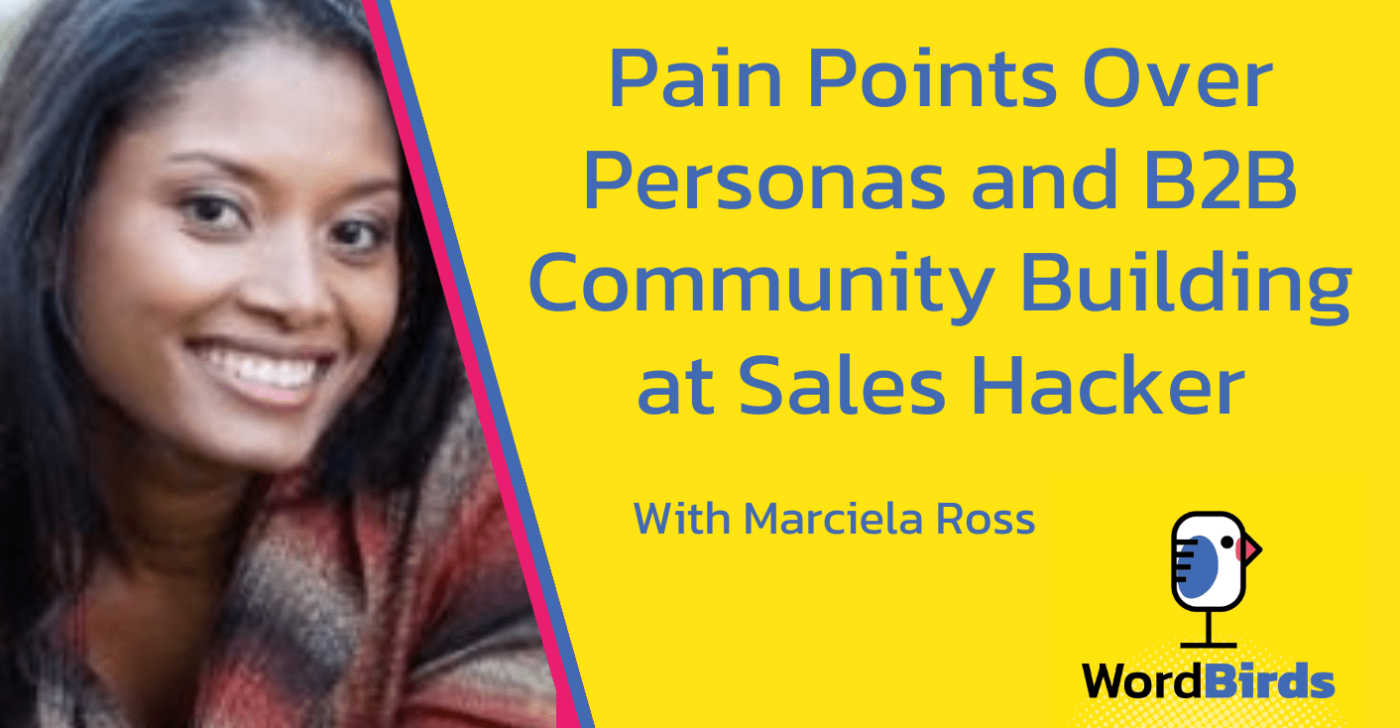If you’re looking for tips on how to outsmart your competition and use content to tackle competitors, you’ve come to the right place. According to Content Marketing Institute, “Content marketing is the most powerful way to build brand awareness and drive traffic.” And it’s not just about creating content that gets shared on social media — it’s about making sure that the content you create is relevant and useful for your audience!
In this episode, Melissa Rosenthal, award winning marketing executive and the Chief Creative Officer at ClickUp, shares how content can be used to strengthen your branding, tackle your competitors, and stay ahead of the curve. Tune in now and learn what it takes to outmaneuver your competitors and take that extra step in the right direction! And how to use content to tackle competitors.
Watch the episode here
Listen to the podcast here
Read full episode transcript
On this episode, we have a bit of a celebrity. Forbes 30 Under 30, Business Insider’s 30 Most Creative People Under 30, and Digiday Changemakers: Melissa Rosenthal. The Chief Creative Officer at ClickUp.
We’re going to talk about how personality plays a role in brand work. We’re going to look at the challenges associated with content creation when content is the product and how to use fun and creativity to overcome competition and content to tackle competitors. Let’s sit back and get some insight from the flock. Melissa, welcome to the show. I’m super excited to have you here.
Thanks for having me. I’m excited to be here.
Let’s dig into some interesting things. All the things that you’ve done are quite illustrious, Forbes 30 under 30, Business Insider’s 30 Most Creative People Under 30, and Digiday Changemakers. In addition to things I don’t know about, BrandWorks seems to be one of the things that you’ve been engaged with for quite some time.
I’d like to understand how you see building personality and brand with content creative. How do you load that in?
Content is saturated. Everyone has a strategy for everything that they’re doing across content. If you don’t differentiate through building that personality, feeling, tone, and that sentiment you want to get across, then you’re just going to fall flat.
Think about the noise out there when you’re consuming content. You see something. Does it even make an impact in your mind? There are a few things that resonate these days that in order to have an impact, you have to build that second layer of what the content is, where the content isn’t enough anymore.
It’s building in that aspect of personality. Depending on the medium, format, and target, there are other qualifiers of how you do that and what the thought process is. It’s not just “nice to have” given the sheer amount that people consume daily. That’s been the case for years. In very competitive environments, it’s important to be able to differentiate. A great way to do that’s by building a personality that reflects your brand.
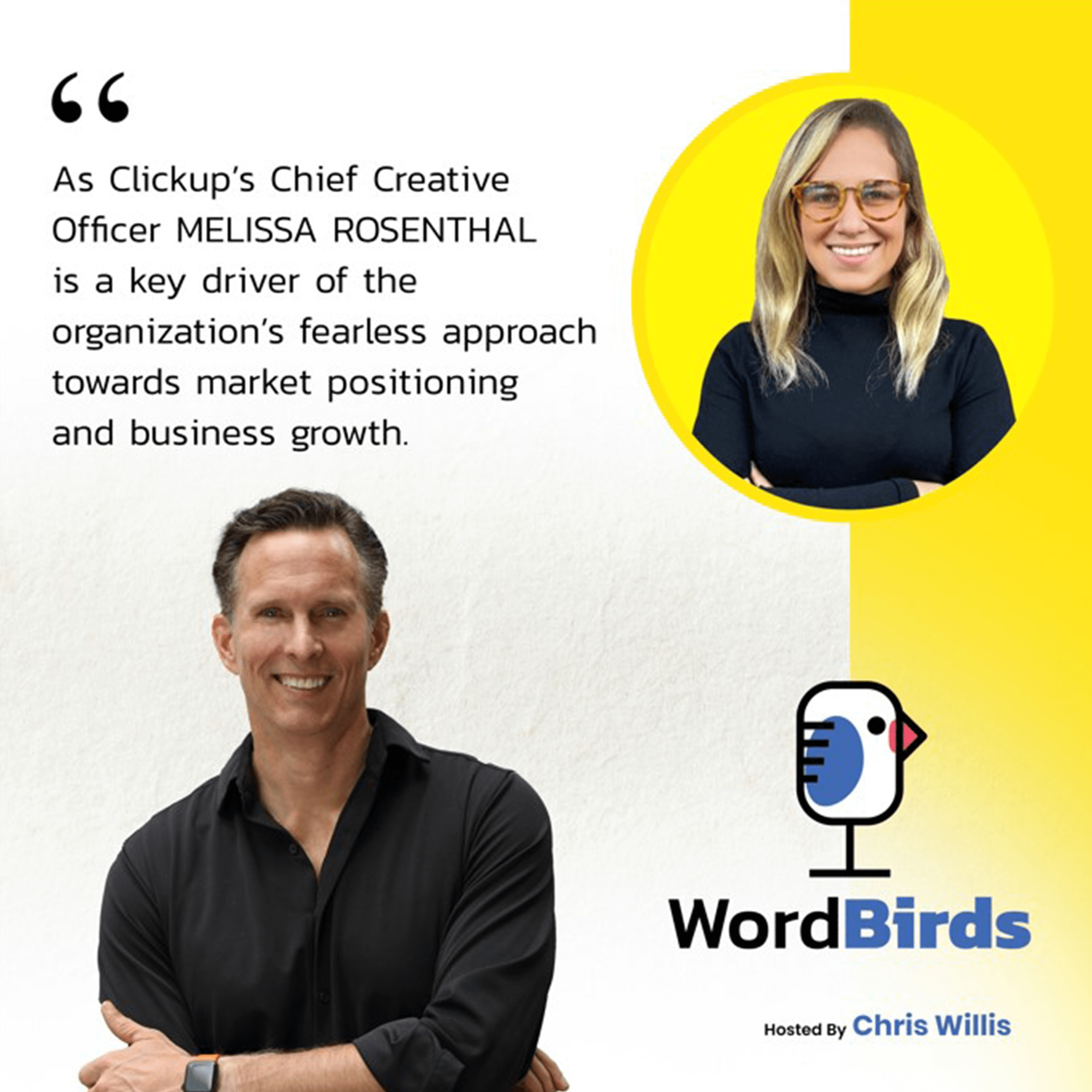
It’s interesting because everybody in my role thinks they know how their audience wants to hear them. The first thing I did when I got to this company was to define a tone of voice. We did the normal marketing exercise of it’s smart, but not arrogant. It’s funny, not sarcastic, and a bunch of other characteristics that we wanted to build into the way that we communicate.
A) Turning that into actionable guidelines is challenging. What does it mean? B) Governing that across an organization becomes a challenge. Once you’ve defined that personality, how are you making sure that personality is shining through in everything that you do?
You have to first define it to be able to do it, and you have to experiment with it. “We know what’s going to land and how we’re going to do it.” That’s not completely accurate. It’s giving yourself the opportunity and, hopefully, you have the backing of the leadership and whoever’s in charge to be able to take those chances and try things out and test. It’s all about testing.
Once you’re able to do that, and you see what’s resonating, it’s twofold. It’s having that to start and that North Star of how you want to come across, what the tone is, what the personality is, and testing that. Once it starts to shine through, it’s being able to say, “What does that mean across everything we’re creating? Is it that extra spark of this?”
When I started, we were 60 or 70 people. You have a lot of other voices and opinions in the room, which is fine, but you have to be able to make sure that you always still have that spark. And throughput of what that personality is that runs through everything that you create. It’s easy when you’re working with product marketing for them to get caught up in the technical aspects of things, the features, and things that are important.
It’s very important for marketing products, but there needs to be that element of differentiation. It’s like, “What does that look like? What does that feel like?” For us, it’s inviting our users into our narrative with humor and honesty to cut through that corporate seriousness, supporting people’s lifestyle of being productive, and doing that in a way where we come off as a friend that’s there to help you through it.
We’re trying to do everything that we do, whether it’s a tweet, a series that we’re doing on social, a performance ad, our user conference, the content that we put out, and the feeling of that throughput through everything. It’s about identifying what it means to you and making sure that it shines through everything. Regardless of how big the company gets and how many people you’re working with, you can always input that creative aspect of it.
Do you think that being able to do that well and having an established personality that shines through in the things that you do is part of the reason that you can grow a company from 50 or 60 people to 1,000 people in the amount of time that you’ve done that?
It’s certainly a part of it, even without mega budgets. If you have something that truly differentiates and stands out and makes you memorable, the answer is you’re going to be able to grow faster. We’re in a phase in technology where everything has been completely democratized that it’s very easy to build feature parity and tech parity where your moat in terms of technology is not what it used to be.
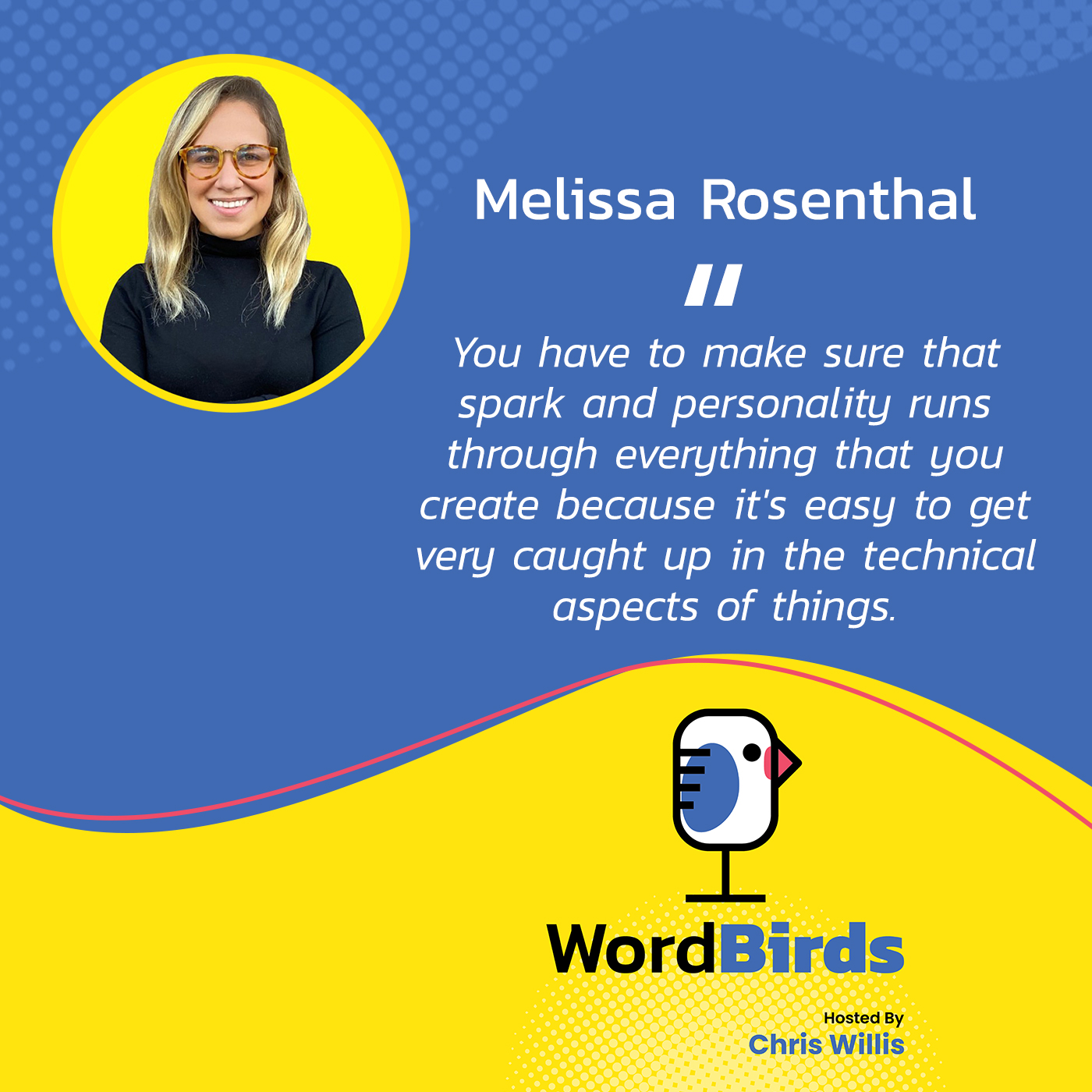
How do you grow while your moat is a game of others catching up to you? That’s through standing out with a unique voice, perspective, and brand. That’s one key factor. There are others. There’s, “The product has to be great. The customer service has to be exceptional.” It’s not the only driver, but it’s a bunch of cylinders that need to be firing at the same time to be able to see the type of growth that we’ve been able to see.
If you changed up everything that you were doing from a tone of voice and a terminology standpoint, that’s going to have an impact.
It is, 100%, if people will notice. That’s cool because it shows that people resonate enough, it’s memorable enough, and differentiates enough that there would be a huge impact or a shift if we were to change it up, which means we’ve built something memorable.
It speaks to the business that you’re in because a lot of businesses that were the size that ClickUp was when you got there don’t have creative leads. That’s not a thing. Maybe you have a content marketing person. If you want to do this right and grow based on creativity, there’s a necessity that most businesses are not dealing with.
Credit to Zeb, our CEO, who had the foresight to say, “This is an important part of how we want to differentiate ourselves.” If we’re able to make ourselves famous in the niches that we’re going after, we’re going to have a competitive advantage there that others won’t. It’s an underrated thing that people aren’t thinking about until maybe it’s too late, where it’s like, “Who are we in the market? We’re just marketing features. Wait, our features are similar to others. Everyone is in the same category. Everyone’s raising money and catching up.” Then it’s like, “How do we build our moat?” Moat is about community, brand, identity, features, and products. It’s a big part.
There are many project management solutions out there in the world, and you left BuzzFeed to work at one and a small one at that. Was it the expectation of the Founder and CEO that he wanted this level of creativity and wanted to differentiate? How did you know? How did you do this?
After I left BuzzFeed, I went to build a company with my old boss. It was called Cheddar. Cheddar was an exercise in completely building a brand that was so differentiated from the incumbents that people had to pay attention to it. It was taking these learnings from BuzzFeed and applying them to a completely new medium, which is still media, but a new medium. They’re building it up from the ground up again and taking on legacy companies. With BuzzFeed, we never needed to do it because we were the first, but at Cheddar, we were going up against CNBC, MSNBC, and all of these behemoths in the market.
Building a brand that stood out against them was an exercise in what I’m doing now. That was a pretty big learning. We’re simple but made a huge difference. One of which was our logo was a piece of cheese, and it was not cheddar cheese. People had a huge issue with that. The fact is who cares what cheese it is, and you talking about it’s great. We made the logo bright pink when all of our incumbent competitors had a masculine, hyper-masculine, silver, dark logos.
We brought a fresh perspective. Our tone was young, hip, and into technology, finance, venture capital, and what was being funded. Everything was cohesive. We look and feel different. We speak differently. We talk about things that other people aren’t talking about that we know that Millennials, Gen Z, and everyone has an interest in.
If your business has something that truly differentiates and stands out and makes you memorable, then it’s going to be able to grow faster. Click To TweetThat was a big lesson in branding. A big part of our growth was through our branding and other creative aspects of what we did and how we came across a market. That was a lesson. Coming to ClickUp, it’s like, “Let’s take these two experiences and apply that to an industry that felt stiff to me.” I had worked with a ton of different project management systems. I didn’t like any of them that I had worked in before. They never felt differentiated from each other.
They all felt like, “Let’s swap one out with the other when another team wants to use something different.” To build something that could stand out in a SaaS market and competitive market was exciting and the next big challenge, like I had done in media about what was the application of what I had learned in media over to SaaS and project management.
You’ve gone from a small business to now catching and surpassing some of the perceived leaders in the space in a short amount of time. If that can be attributed to the creativity of the brand work that you’ve done, that’s amazing.
I don’t want to skip over BuzzFeed because I’m a fan. The interesting aspect of BuzzFeed for this audience is the fact that I’m used to content as a way to communicate product, but at BuzzFeed, content is the product. The pressure’s on. You can hide behind a good piece of software. If your product is the content you’re creating, how do you consistently manage that process for success and growth?
Content is not only the product that you’re creating. It’s the entire monetization model. You have both sides of that pressure, which is you’re creating this content for advertisers that you’re expected to sell to them, to perform, and you’re creating content as the model of your actual company, traffic source, and lifeblood of the company. It takes on a completely different meaning.
There are different pressures that come along with it. You’re able to experiment a lot more. Once you figure out formulas, you’re able to create those formulas, extrapolate on them, and create things that you know were going to go viral because you understand how the internet works and understand how audiences resonate.
There’s a freedom there that’s great to have because you’re able to create things that you know will work. It takes a ton of experimentation to get to that level. Once you have it, you have the formulas. There’s a level of you’re not creating content to sell X. If you’re not doing that, you’re not beholden to those guidelines and restrictions. On the advertising side, it’s hard because you’re trying to convince advertisers that content can work for them easier now because that sounds table stakes, but it wasn’t when we first started it.
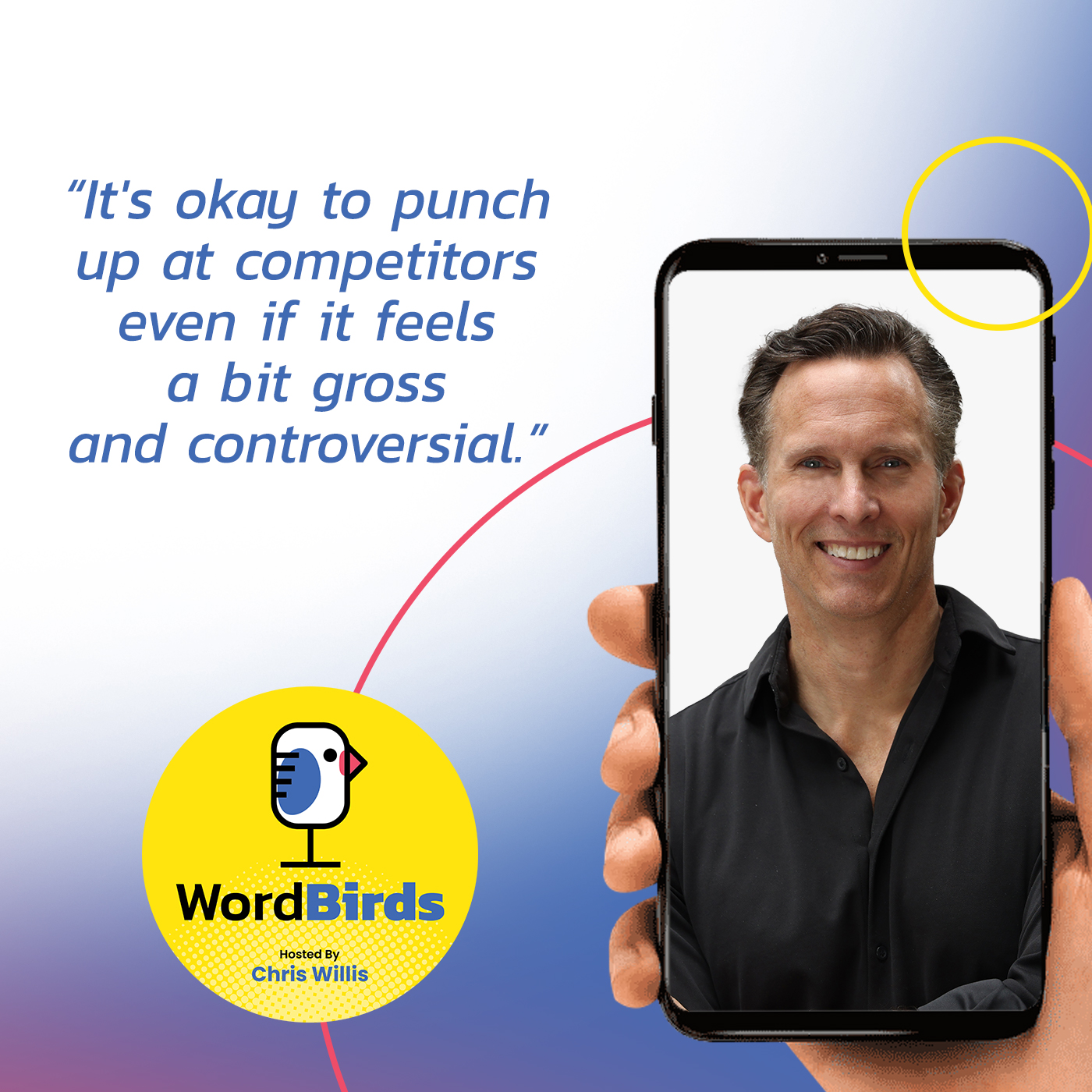
Trying to convince any advertiser that they should have a video or a content marketing strategy was painful. They were using banner ads and Google. To convince them they should have a budget that is strictly used for social content and content, in general, was tough. It’s very different, like the confines of what you’re working in. You’re working in less of a box, but the pressure is greater, and you need to hit these goals. That’s what you’re doing every day versus creating content on behalf of trying to sell something more tangible.
There are no weekends when you’re running a TV station, and that’s what you were doing. That’s what BuzzFeed is. It’s just a TV station with lots of shows.
They’re creating movies, so it’s a movie studio as well.
Let’s jump forward back to ClickUp. As you’ve been growing this company, there’s a lot of competition in the space. One of the things that are a cornerstone of you is your fearlessness in your approach towards growth against competitors. It’s okay to punch up at competitors even if it feels a bit gross and controversial. Talk about that. How are you making that work? And how do you use content to tackle competitors?
There are two levels of punching up. There’s one which is creating strategies where you’re positioning yourselves next to your competitors in a way where you can come out of nowhere and be next to them in the market. That’s one strategy that’s not even controversial. It’s just a strategy that works.
There’s the other strategy of, “Can you take jabs at them? Can you poke fun at them? Can you do something in a playful way that catches attention that positions yourself against them?” That’s the controversial piece. Going into it and understanding that’s the first step of it, which is you know what you’re getting into. You understand that it’s a polarizing thing to create a campaign that goes up against a specific competitor.
Create strategies where you're positioning yourselves next to your competitors in a way where you can come out of nowhere and be next to them in market. That's one strategy that's not even controversial. It just works. Click To TweetMac and PC is the most famous example, but there were rules around them. The first rule is it’s acceptable when the competitor has become known in the mainstream for its struggles with it.
If you’re seeing memes made about the competitor that you’re going up against, clear frustrations, and thousands of Reddit threads, you’re almost playing with mainstream culture at that point and less like going after some random competitor. There’s that, which makes it you’re taking it from that step of, “Are we going to do this?” This feels okay. This has become a cultural meme.
You’re able to say, “What’s step two of that?” Step two of that’s how you do it in a way that isn’t gross. Can you create the content and the advertising that feels almost like a Saturday Night Live skit that has that element of smart humor? Of course, not everyone is going to appreciate it. Some people are touchy and polarizing. They don’t think that’s appropriate like, “Can’t you talk about yourself and not go up against your competitors?”
If you understand that and go into it, then I think you can at least take that second step, which is the approach of, “How do we do this in a smart way? How do we create storylines and narratives that play to what we want to say but do it in a way that you’re going to think it’s genius if you like it?”
If you don’t like it, you don’t like it. There are rules around it. We wouldn’t do that against every single competitor we have. It doesn’t make sense to do that, but if you’re able to do it because you feel there’s culturally green grass around who you’re going after and what you’re saying about them, you can do it. Also, we take opportunities. If you’re going to give us airtime at your conference and say something ridiculous, we’re going to act like a media company, take it, remix it, and share it.
That’s a BuzzFeed mentality. It’s, “How do we create something out of that, make it fun, and make them regret it a bit?” it’s fun. It’s also like competitive jousting. It can be fun, and it should be looked at like that. It doesn’t need to be gross. Airtable put a billboard right next to ours, and I celebrated that on my LinkedIn because I thought it was funny. I was like, “This is great.” Having some competitive fun is a great part of the industry. Bringing that back a little bit, there’s nothing wrong with it. If it’s done in a fun way, I appreciate it. It’s smart.
Competitive fun is a great part of the industry. Click To TweetDo you know the people at the competitor’s companies that you’re doing it against? Do you have connections and relationships with those folks? It’s even more fun if you’re doing it with friends.
No, I don’t. A couple of them have reached out and said, “Well played.” That was nice. Some of them have certainly ignored us and haven’t been so happy about it, but no.
Maybe to their peril, though. If you ignore it and think that it’s going to go away, that might not go away.
You also have to be okay with ruffling some feathers and becoming public enemy number one in some people’s eyes. I’ve always been okay with that.
It’s not like you’re doxing the CEO’s wife.
Exactly. I’m not releasing a dossier. It’s less pressure than that.
Some bad things are happening in the world, and billboard aren’t one of them.
100%. Having a sense of humor goes a long way. A lot of people appreciate it.
I like the idea of looking at it through the lens of a media company and how would this be handled if this was a thing that was happening in the world. One of our competitors is aggressively marketing on our AdWords, on our keywords. We’re like, “What are we going to do?” I don’t know. What would happen if this was someplace else in the world? How do we look at that with the creativity of trying to solve this problem to our benefit in a way that’s fun and draws some entertainment around it and attention to us?
That’s a huge takeaway for me out of this. I don’t need to go and burn their house down. I can have more fun than that. It doesn’t need to be the big option. Melissa, this has been awesome. Thank you very much for being on the show. If people want to continue this conversation with you, what’s the best way to get in touch?
I’m very easy to find on LinkedIn. Search my name and send me a message. I’m always open to chatting and meeting new people in the industry and outside of the industry. I enjoy it. Please connect with me on LinkedIn. I’m happy to continue the conversation there.
Thank you again. I hope to talk to you again soon.
Thanks so much for having me. I appreciate it.
Important Links
About Melissa Rosenthal

Melissa is an award winning marketing executive and the Chief Creative Officer at ClickUp, focused on making the world more productive through best in class SaaS marketing!
Previously Melissa was the CRO/ Executive Vice President at Cheddar, a live video media company at the intersection of business news and culture. For her brand work, she was named to Forbes’ 30 Under 30, Business Insider’s 30 Most Creative People Under 30 and as one of Digiday’s “Changemakers.”
Prior to Cheddar, she led BuzzFeed’s Global Creative Team. Joining the staff in 2010, Rosenthal was a key contributor to the creation and early success of BuzzFeed’s branded content native advertising model.
